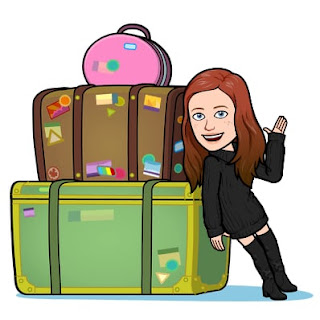Lesson 25/01/2021
1.Read and translate the text SB p.82.
2. Write into your copybook and translate the following words from the text:
- arrived
- delayed flight
- street vendor
- beggar
- barber
- cracked
- pavement
- escape the dust
- incredible
- in the distance
- breathtaking
- two day trekking excursion
- trail
- shade
- spectacular scenery
- put up
- amazing sunrise
- annual
- take place
- hide a guide
- tug of war contest
- kick off
- based on fairy tail
- candelit procession
- magnificent temple
- craftsman
- handicraft
- backpack
- nasty
- countless
3. Follow the link and do the task
https://edu.skysmart.ru/student/deganeropa

Comments
Post a Comment